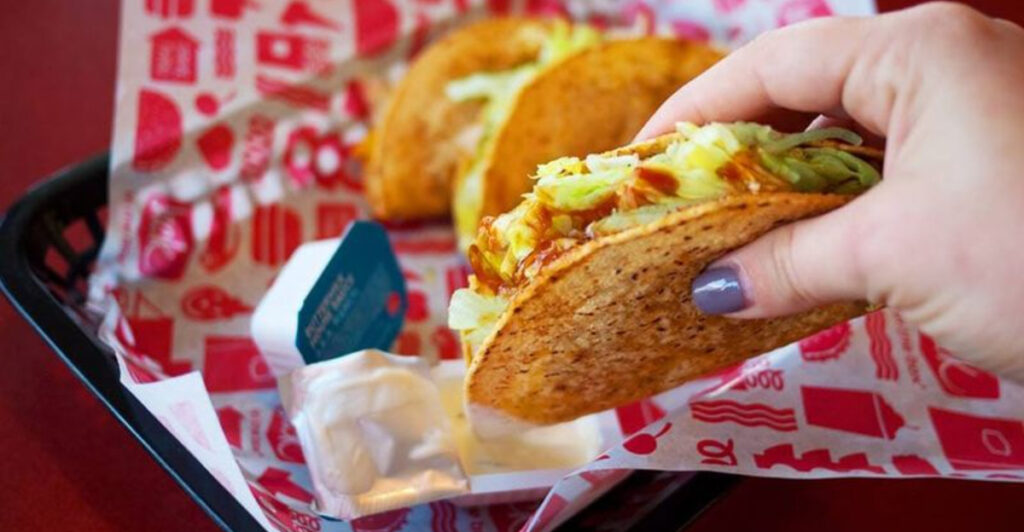Fast food chains built their empires on signature items that kept customers coming back for more. However, many beloved menu staples have quietly changed over the years, leaving longtime fans disappointed and nostalgic for the originals. Cost-cutting measures, health regulations, and corporate decisions have transformed once-perfect recipes into shadows of their former selves.
1. McDonald’s French Fries
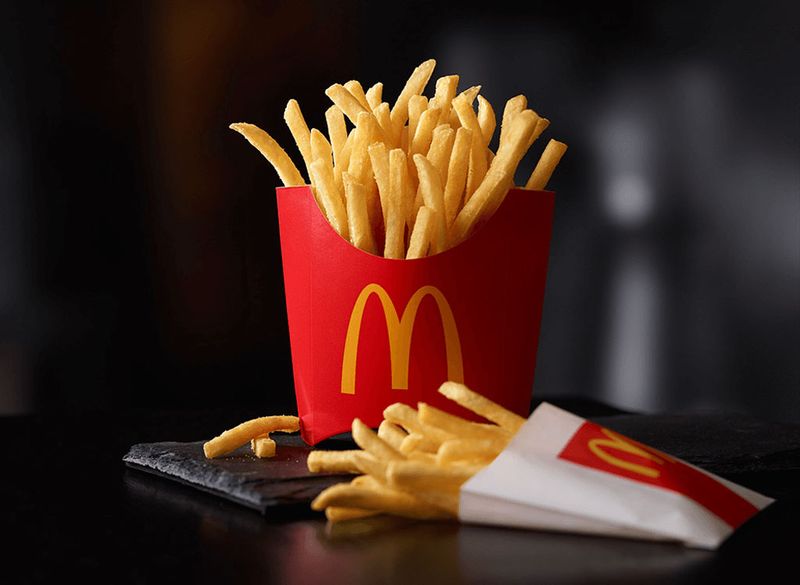
Before 1990, McDonald’s fries were legendary for good reason. They were cooked in beef tallow, which gave them an incredibly crispy exterior and a rich, savory flavor that was almost addictive.
When the chain switched to vegetable oil for health reasons, something magical disappeared forever. The new fries lost their distinctive taste and that perfect crunch that made them irresistible.
Even Ray Kroc, McDonald’s founder, once said the original fries were crucial to their success. Today’s version, while still popular, simply can’t match the unforgettable experience of those beef-tallow beauties that defined fast food excellence.
2. KFC Original Recipe Chicken
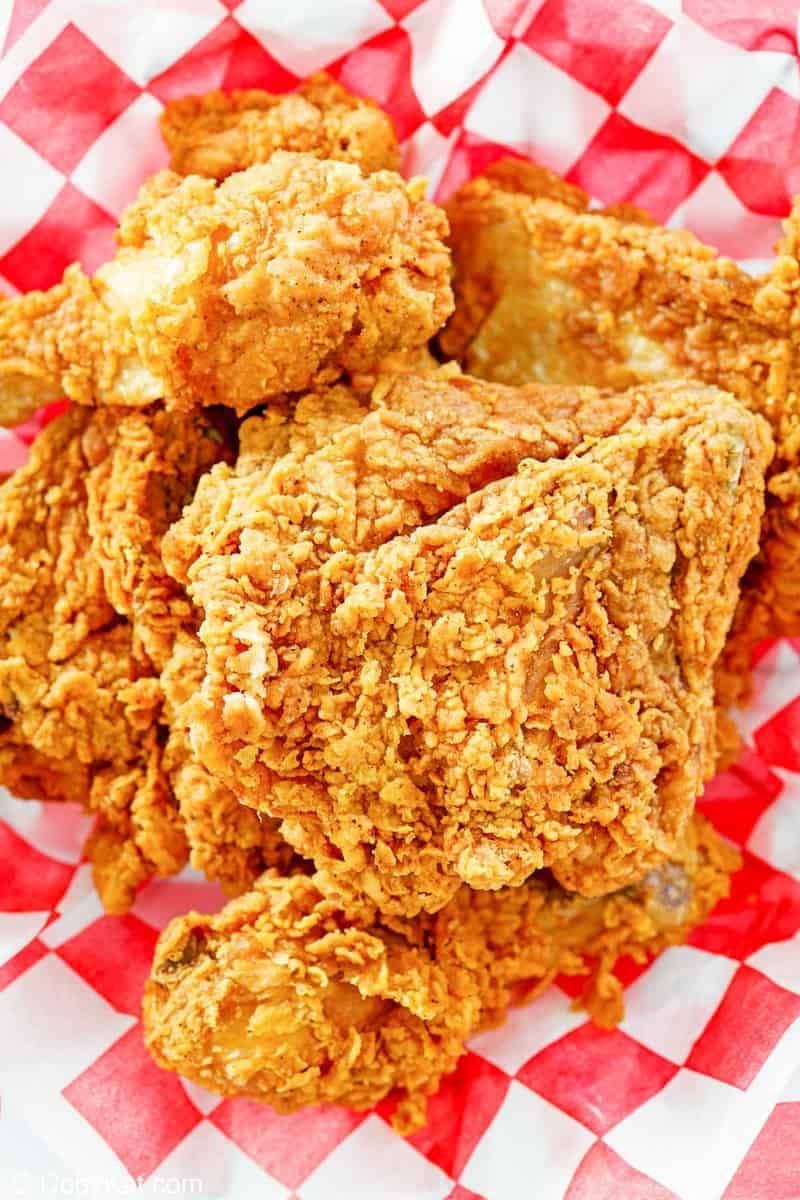
Colonel Sanders’ secret blend of 11 herbs and spices created chicken perfection that built an empire. The original recipe delivered incredibly crispy skin with layers of complex flavors that kept customers guessing the secret ingredients.
During the 2000s, KFC replaced trans fats with new frying oils to meet health standards. While well-intentioned, this change significantly altered the chicken’s texture and taste profile.
Long-time fans immediately noticed the difference. The skin became less crispy, and the flavor turned milder and less distinctive. Many loyal customers swear the current version lacks the bold, unforgettable taste that made KFC famous worldwide.
3. Taco Bell’s Mexican Pizza
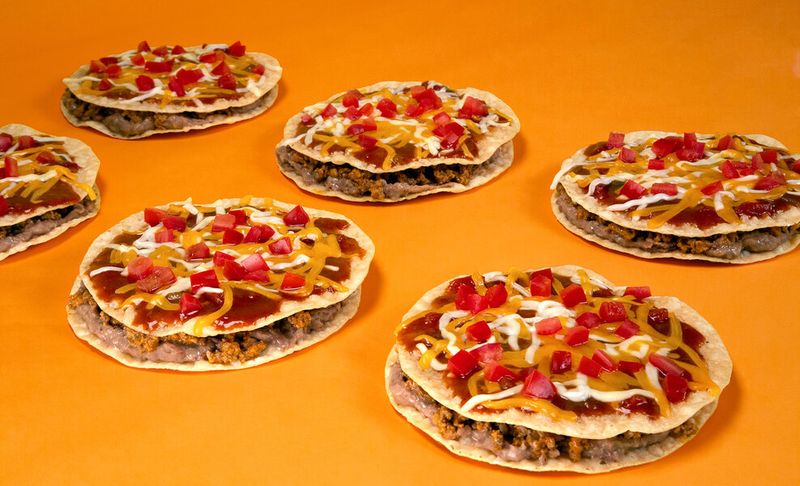
Taco Bell’s Mexican Pizza was a masterpiece of fast food engineering. Crispy tortilla shells layered with seasoned beef, beans, cheese, and tangy sauce created a perfect harmony of textures and flavors.
After discontinuing it in 2020 for “menu simplification,” Taco Bell brought it back in 2023 due to fan demand. Unfortunately, the revival featured thinner shells and noticeably less filling.
Devoted fans immediately spotted the differences. The new version feels flimsy compared to the original’s substantial build. What once was a satisfying, hearty meal now seems like a pale imitation that fails to capture the magic that made it legendary.
4. Burger King’s Chicken Fries

When Burger King first introduced Chicken Fries, they were revolutionary. These finger-shaped pieces of chicken were plump, juicy, and perfectly seasoned, offering a fun alternative to traditional nuggets.
Around 2015, the recipe underwent changes that allegedly reduced the meat content while increasing filler ingredients. The transformation was immediately noticeable to regular customers who had loved the originals.
Current Chicken Fries often disappoint with their dry texture and bland flavor. What used to be a standout menu item that generated genuine excitement now receives frequent criticism for lacking the substance and taste that made them special.
5. Subway’s Bread

Subway built its reputation on fresh-baked bread that was soft, chewy, and slightly sweet. The aroma of baking bread drew customers in and made each sandwich feel special and artisanal.
In 2014, public pressure forced Subway to remove azodicarbonamide, a chemical also found in yoga mats, from their bread recipe. While removing questionable ingredients was positive, the reformulation changed everything.
Many customers immediately noticed the difference. The new bread became gummier in texture and lost much of its distinctive flavor. What once made Subway sandwiches memorable now feels generic and uninspiring, missing that bakery-fresh appeal that set them apart.
6. Pizza Hut’s Pan Pizza

Pizza Hut’s original Pan Pizza was a thick-crust masterpiece. The buttery, crispy edges and perfectly chewy center made it the gold standard for deep-dish pizza in the fast food world.
During the 2000s, cost-cutting measures led to cheaper oil and changes in dough preparation methods. These seemingly small modifications had major impacts on the final product’s quality and taste.
The beloved crispy edges became a thing of the past, replaced by a spongier texture that many describe as greasy rather than rich. Long-time fans mourned the loss of that distinctive buttery crunch that made Pizza Hut Pan Pizza an unforgettable dining experience.
7. Wendy’s Fries
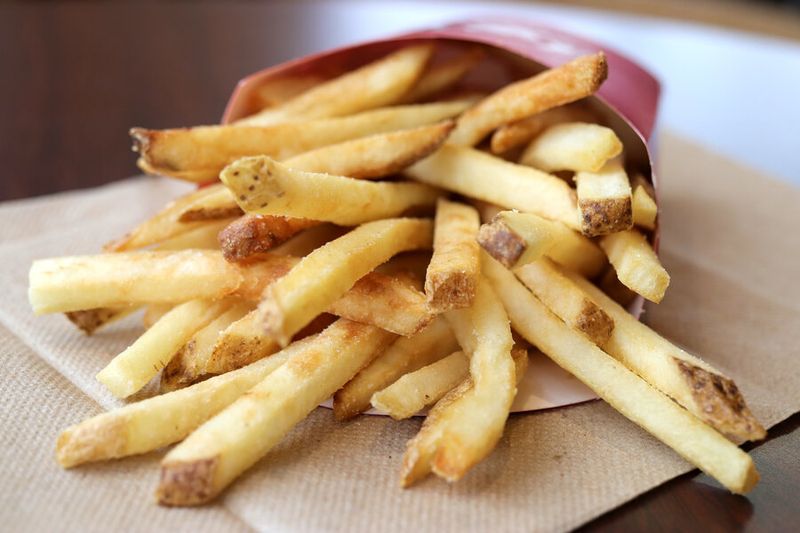
Wendy’s original fries were skin-on, extra-salty, and incredibly crisp. They had a distinctive texture and flavor that perfectly complemented their square burgers and set them apart from competitors.
The chain has revamped their fries multiple times, notably in 2010 and 2021, promoting “natural-cut” and “sea-salted” versions as improvements. Each change aimed to modernize and appeal to health-conscious consumers.
While some customers appreciate the newer versions, many longtime fans miss the old-school crispiness and bold salt flavor. The original fries had an addictive quality that the current versions, despite being technically “better,” simply cannot replicate for devoted Wendy’s enthusiasts.
8. Arby’s Roast Beef
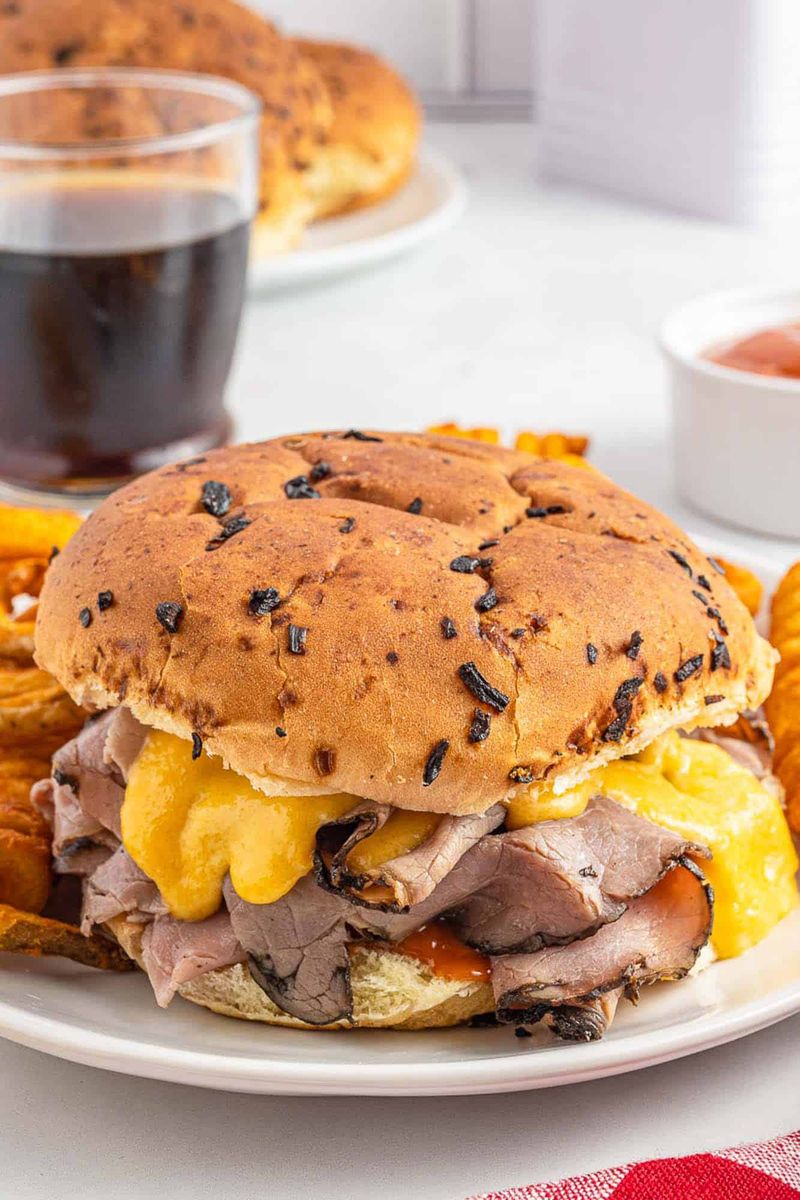
Arby’s built their entire brand around thick, juicy roast beef that was freshly sliced to order. The meat was substantial, flavorful, and gave customers a premium feel despite fast food prices.
During the 2000s, the chain shifted to pre-sliced, thinner cuts to improve efficiency and reduce costs. This operational change fundamentally altered the eating experience that made Arby’s special.
Current customers often complain that the roast beef feels drier and less satisfying than before. Many describe it as tasting more like “roast beef-flavored deli meat” rather than the hearty, restaurant-quality beef that originally justified their “We Have The Meats” slogan and built customer loyalty.
9. Domino’s Hand-Tossed Pizza
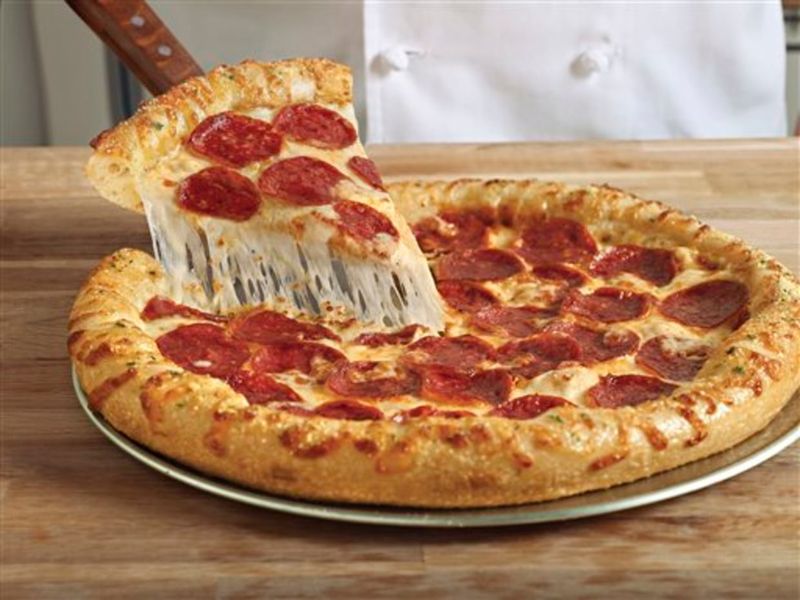
Domino’s original hand-tossed pizza was basic but reliable, featuring a simple, buttery crust that let the toppings shine. It wasn’t fancy, but it was consistent and satisfying.
In 2009, Domino’s launched their famous “pizza turnaround” campaign, completely reformulating their crust recipe. The new version became heavily garlic-focused and more complex in flavor.
While many customers embraced the change, some miss the old simplicity. The original crust had a clean, straightforward taste that didn’t compete with toppings. The current garlic-heavy version, though technically more sophisticated, lacks the understated charm that made the original a reliable comfort food choice for many families.
10. Jack in the Box’s Tacos
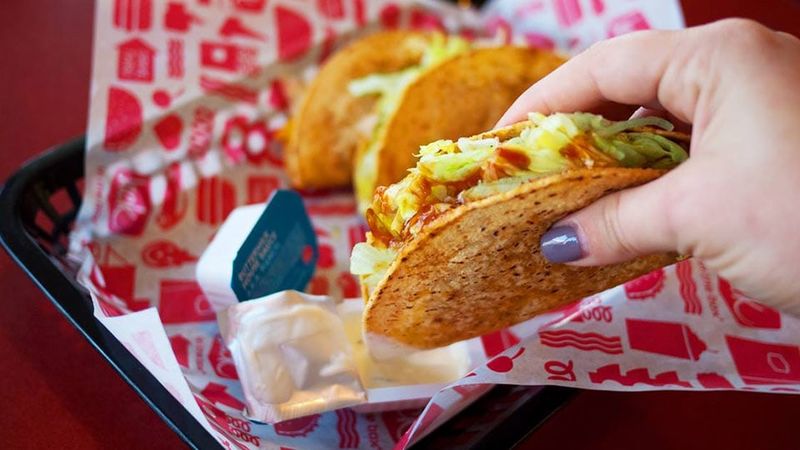
Jack in the Box tacos were never gourmet, but they possessed a weird, greasy charm that made them cult favorites. The crunchy shell filled with mysterious meat had an addictive quality that defied explanation.
During the 2010s, the beef recipe was altered, reportedly reducing fat content to meet changing health standards. While this sounds positive on paper, it fundamentally changed the product’s character.
The tacos are still cheap and available, but they’ve lost that nostalgic “mystery meat” appeal that made them special. Long-time fans mourn the loss of that inexplicably satisfying greasiness that made these tacos a guilty pleasure worth craving despite their questionable ingredients.
11. Carl’s Jr./Hardee’s Star Burger

The Star Burger was Carl’s Jr. and Hardee’s premium offering, featuring thick, juicy, charbroiled patties that dripped with flavor. It positioned these chains as the place for serious burger lovers.
During the 2010s, cost pressures led to switching from premium beef to cheaper blends. This change was subtle but significant enough for regular customers to notice immediately.
Current Star Burgers often receive criticism for being dry and less satisfying than their predecessors. The original version justified higher prices with genuinely premium quality, but the current iteration struggles to maintain that reputation. Many loyal customers feel betrayed by the reduction in quality that undermined the burger’s premium positioning.
12. Popeyes’ Biscuits
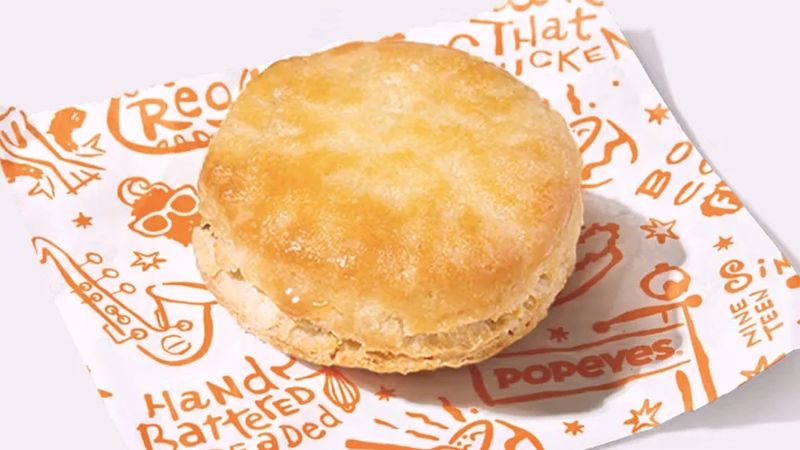
Popeyes biscuits were legendary for their flaky, buttery texture and slightly sweet flavor. They were so good that many customers visited specifically for the biscuits, often ordering extras to take home.
In the late 2000s, the recipe was tweaked, with rumors suggesting the chain switched to cheaper shortening to reduce costs. While still decent, the change was noticeable to devoted fans.
Today’s biscuits remain popular but lack the melt-in-your-mouth perfection that made the originals special. They’re still above average for fast food, but long-time customers remember when they were absolutely extraordinary. The magic that made people crave these biscuits has been diminished, though not completely lost.
13. Dunkin’ Donuts’ Coffee
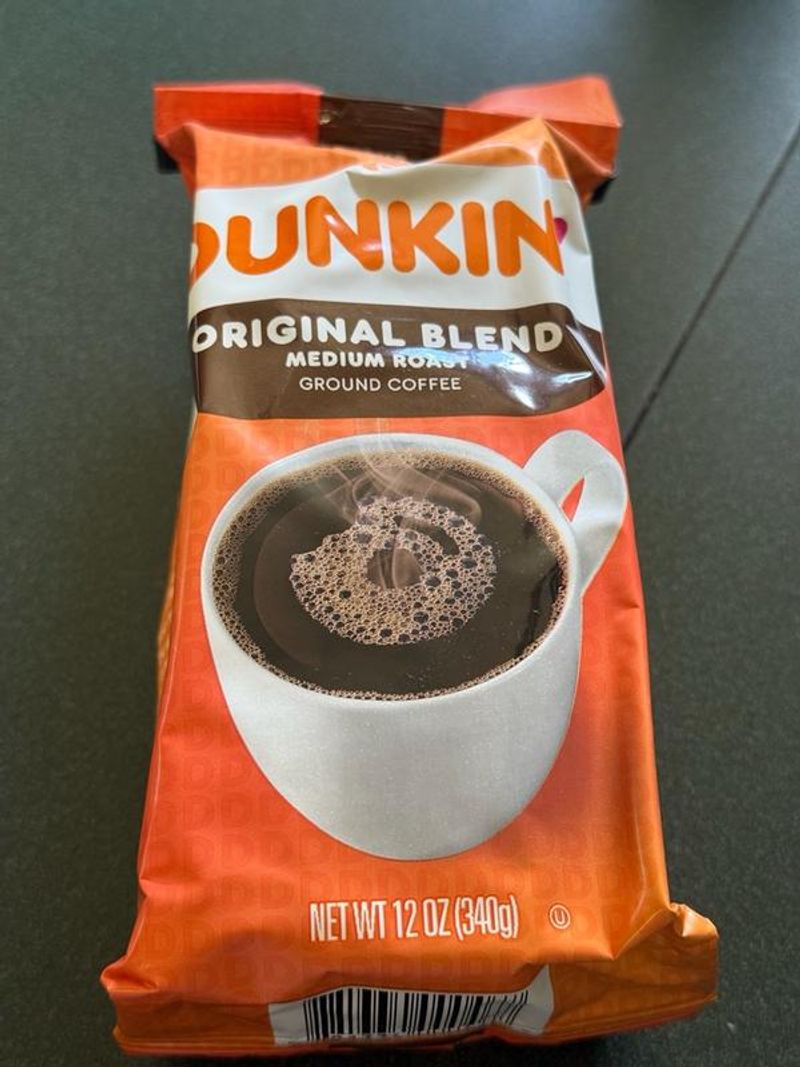
Dunkin’ Donuts coffee had a distinctive, strong flavor with a slightly burnt edge that loyal customers absolutely loved. It was bold, memorable, and different from every other coffee chain.
During the 2010s, the company switched from their custom blend to a cheaper, milder roast. This change was likely driven by cost considerations and attempts to appeal to broader tastes.
The result disappointed longtime fans who cherished that unique flavor profile. Current Dunkin’ coffee tastes more generic and has lost the bold edge that set it apart. Many loyal customers say it no longer has the personality that made them choose Dunkin’ over competitors like Starbucks.
14. A&W Root Beer (Restaurant Version)
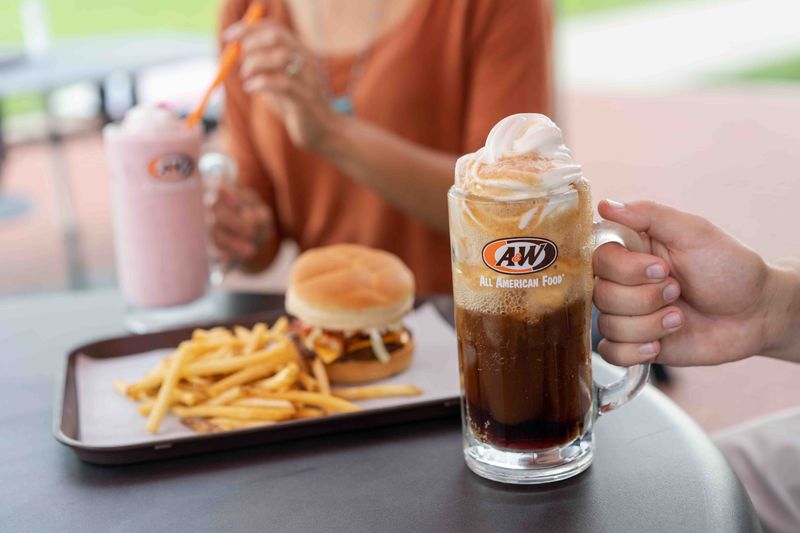
A&W restaurants were famous for making root beer fresh in-store using real cane sugar. Served in frosted glass mugs, it was creamy, fizzy, and had an authentic old-fashioned taste.
Many locations switched to pre-made syrup during the 2000s to reduce labor costs and improve consistency. While operationally sensible, this change eliminated much of what made A&W root beer special.
The current version lacks the creamy texture and robust fizz that made the original memorable. Without fresh preparation and real cane sugar, it tastes more like generic root beer. The nostalgic “frosty mug” experience just isn’t the same when the root beer itself has lost its distinctive character.
15. Little Caesars’ Crazy Bread
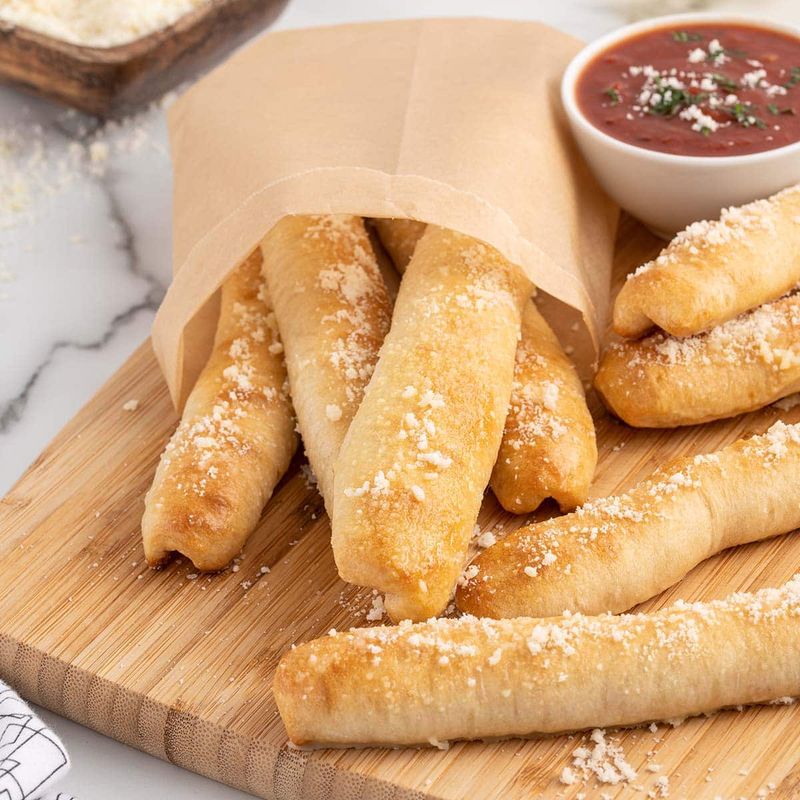
Little Caesars’ Crazy Bread was once irresistibly buttery and garlicky, making it the perfect complement to their pizza. Customers often ordered it specifically, not just as an afterthought.
Recipe changes in the 2010s reduced the butter content and altered the preparation method. The result became more doughy and less flavorful than the original version that built its reputation.
While still cheap and available, current Crazy Bread lacks the addictive quality that made it a must-have side item. The original version had people craving it independently of pizza orders. Now it feels like generic breadsticks rather than the special treat that once justified its cult following among budget-conscious pizza lovers.

